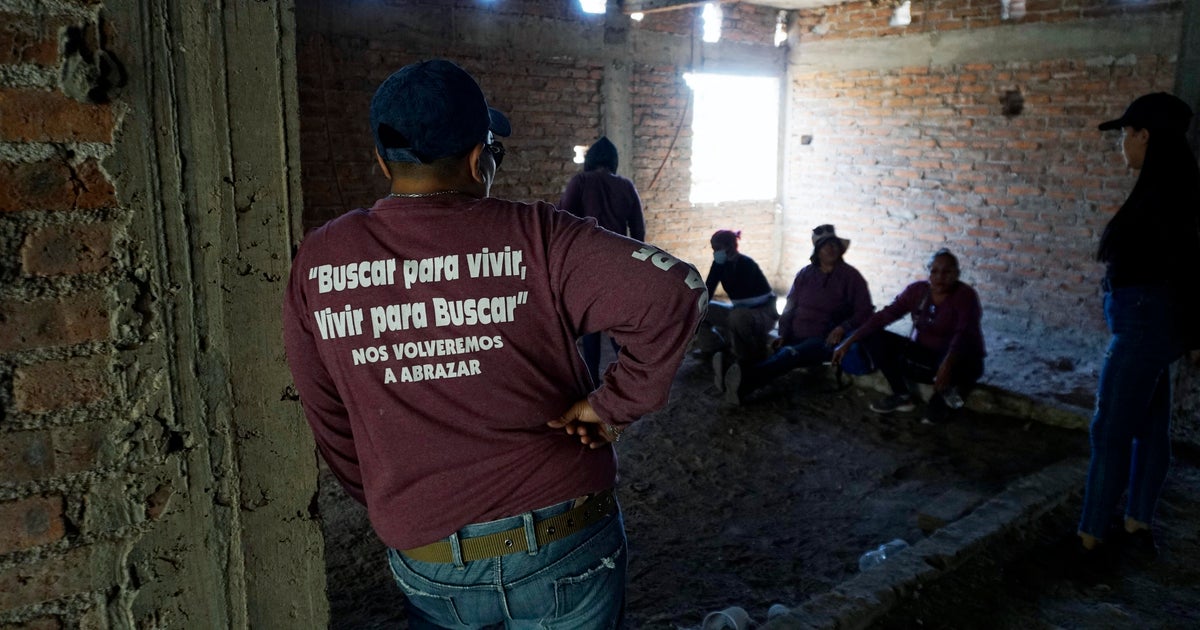Is the Shroud of Turin Just a Masterpiece? Shocking New Study Reveals All!

The Shroud of Turin, a centuries-old relic believed by many to be the burial cloth of Jesus Christ, might not be what it seems. Could it actually be an artistic creation rather than a genuine artifact? A groundbreaking study by Brazilian 3D designer Cicero Moraes has sent shockwaves through the faith and scientific communities alike, suggesting that the shroud may have never even touched a human body!
In a recent publication in the journal Archaeometry, Moraes employed advanced 3D modeling techniques—utilizing tools like MakeHuman, Blender, and CloudCompare—to explore the contours imprinted on the shroud. His findings are astonishing: rather than resembling a real person, the image on the shroud appears more akin to that of a statue!
Moraes compared the outlines of a 'low-relief' statue with a traditional human body, and the results were eye-opening. The models showed that when a cloth is draped over a statue, it produces an outline that closely mirrors the shroud we see today. In stark contrast, the modeling based on a 3D human body led to a “significantly distorted image.” So, could it be possible that this revered relic is nothing more than an artistic expression?
This revelation adds another layer to the ongoing debate surrounding the shroud's authenticity. For over 35 years, researchers have been embroiled in a heated discussion about its age, especially after a 1989 radiocarbon dating test dated the cloth to the 14th century—long after the death of Christ. However, this narrative shifted in 2022 when Italian scientists used X-ray dating to discover that a single strand of the shroud might actually date back to the first century. Could this mean the shroud is indeed ancient, or are we looking at a clever piece of artistry?
Moraes isn’t throwing around theories about the shroud's dating but is instead approaching the topic with a sense of wonder. He remarked, “This work not only offers another perspective on the origin of the Shroud of Turin's image but also highlights the potential of digital technologies to address or unravel historical mysteries.” He believes this intersection of science, art, and technology can lead to profound discoveries about our past.
























